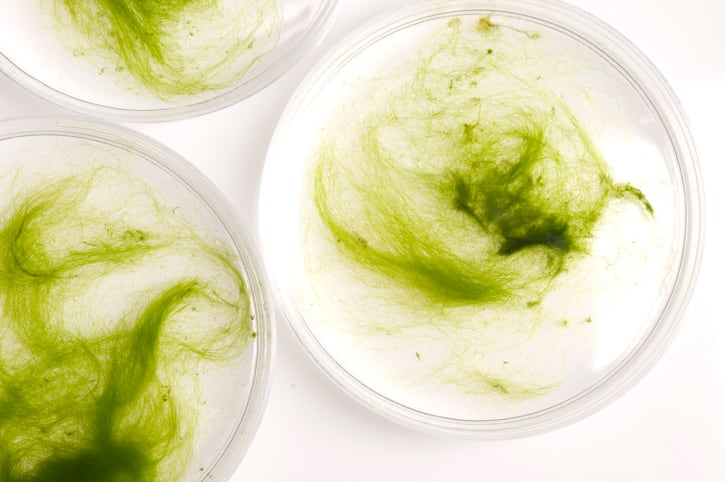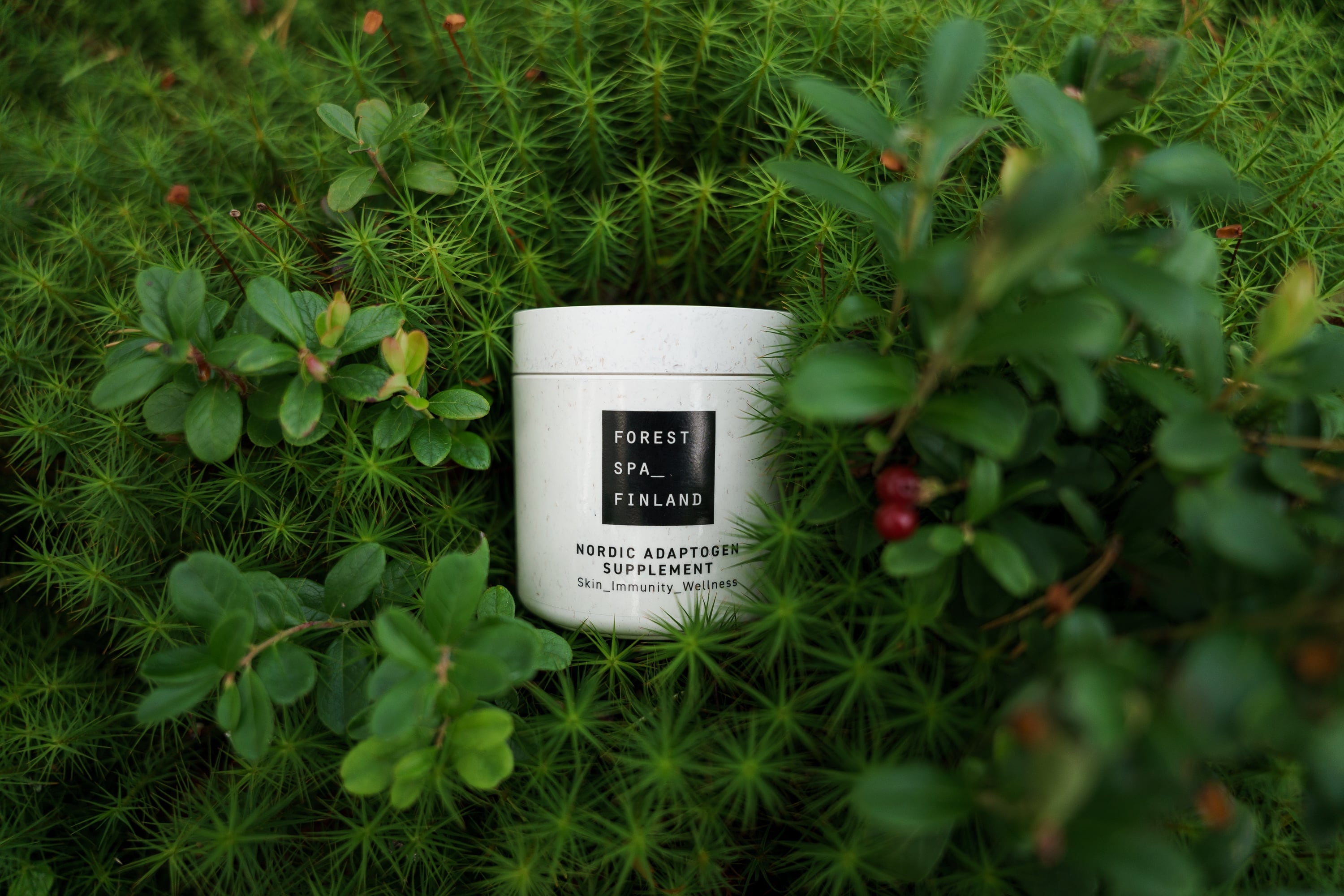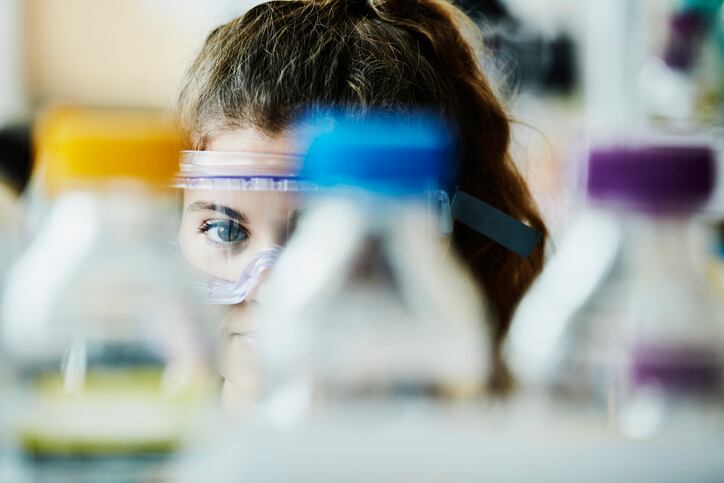Writing in Molecules, researchers from Poland investigated the use of plant extracts in cosmetics, looking at active properties and potential use of flower extracts as natural dyes. The study explored the water extract properties of five flowering plants: the common poppy [Papaver rhoeas L.]; pomegranate [Punica granatum L.]; blue pea [Clitoria ternatea L.]; safflower [Carthamus tinctorius L.]; and globe amaranth [Gomphrena globosa L.].
Active cosmetics – antioxidant power and anti-ageing promise
Findings showed “several positive features” of each of the tested plant extracts.
“It has been shown that these plants are a rich source of polyphenols, which gives them antioxidant properties,” the researchers wrote. In particular, the common poppy showed the best ability to scavenge free radicals and the best ability to reduce reactive oxygen species (ROS) production in cells, they said, along with pomegranate extract for the latter. Importantly, the study concluded that none of the plants showed cytotoxic activity.
Beyond antioxidant power, the study found that all tested extracts showed an inhibitory effect on the elastase and collagenase enzymes, with pomegranate and global amaranth having “the greatest” inhibitory effect. “This may indicate that these plants can be used in cosmetics as substances that slow down the ageing process,” the researchers wrote.
The plant extracts also had a “positive effect on skin hydration” and reduced transepidermal water loss, according to the study.
In addition, all extracts also offered up anti-inflammatory properties, with safflower and blue pea the best for this use, with all extracts also offering protective effects against UV radiation if incorporated at higher concentrations.
Permanent natural dyes with a ‘positive effect on the skin’
But beyond these active compound findings, the study revealed that the common poppy, safflower and blue pea could also be used as “effective colourants in cosmetic products”.
These three flower extracts, the researchers said, showed the “strongest colouring ability” and could be used as sources of natural but permanent yellow, orange, blue and purple dyes in the production of cosmetics. None of them showed significant colour change during storage of the final product, the study found.
Importantly, the researchers said these natural dyes were not only safe to use but also offered a “positive effect on the skin” because of the active properties associated with them, including antioxidant power, anti-inflammatory effects and hydration.
Certain active compounds within the flower extracts also ensured stability – a significant problem in natural dye replacement, according to the researchers. Dyes, they said, could be considered the “most problematic” ingredient to replace in cosmetics because there were few “effective solutions” in nature. Many naturally sourced dyes were unstable and could change colour during storage, for example, and they were also sensitive to changes in pH, UV radiation and temperature.
The natural dye extracts obtained from plant flowers in this study, however, offered an important opportunity alternative given the extracts were more stable and more resistant to colour changes because of the other compounds remaining intact, notably antioxidants that prevented oxidation.
The natural cosmetics boom – safety, efficacy and the environment
These study findings, the researchers said, were especially timely in today’s cosmetics market as consumers and industry alike sought out natural alternatives for a variety of synthetic ingredients. “More and more consumers are looking for natural products, which, in their opinion, are safer to use and more effective.”
And whilst there were plenty of natural alternatives already on the market, the ability to replace many raw materials remained “a big problem for producers”, particularly synthetic permanent cosmetic dyes, they said.
And for dyes, there was a clear desire to find natural alternatives because of the irritating and sensitising potential of these ingredients, as well as their “negative impact on the environment”, they said.
“The aim of these studies was to investigate the properties of water extracts from plants that are the source of plant pigments,” the study said, and the five final plant extracts selected for research were selected from a pool of 20 colourful flower extracts* from different plants.
*The researchers said ethical review and approval were waived for this study, because the analysed extracts were well-known raw materials with a long history of use in the food and pharmaceutical industries. “The toxicological profile does not indicate any risks and the test was carried out by topical application analysed extracts to the skin in a low concentration, without disturbing the continuity of the epidermis. The substances have a CAS number and are not subject to any restrictions in the cosmetics industry,” they wrote.
Source: Molecules
Published online ahead of print, doi: 10.3390/molecules27030922
Title: “Flower extracts as multifunctional dyes in the cosmetics industry”
Authors: T. Bujak et al.




